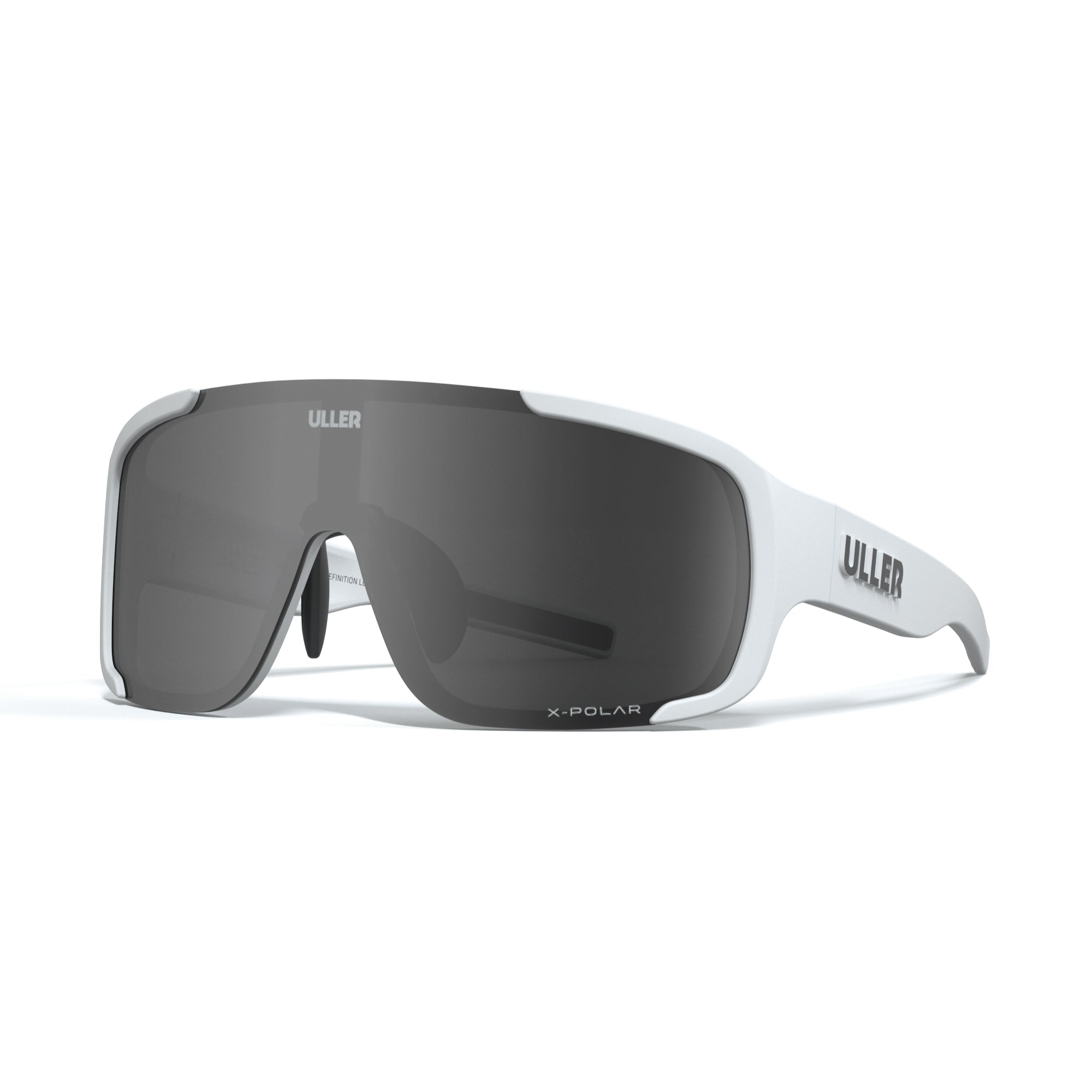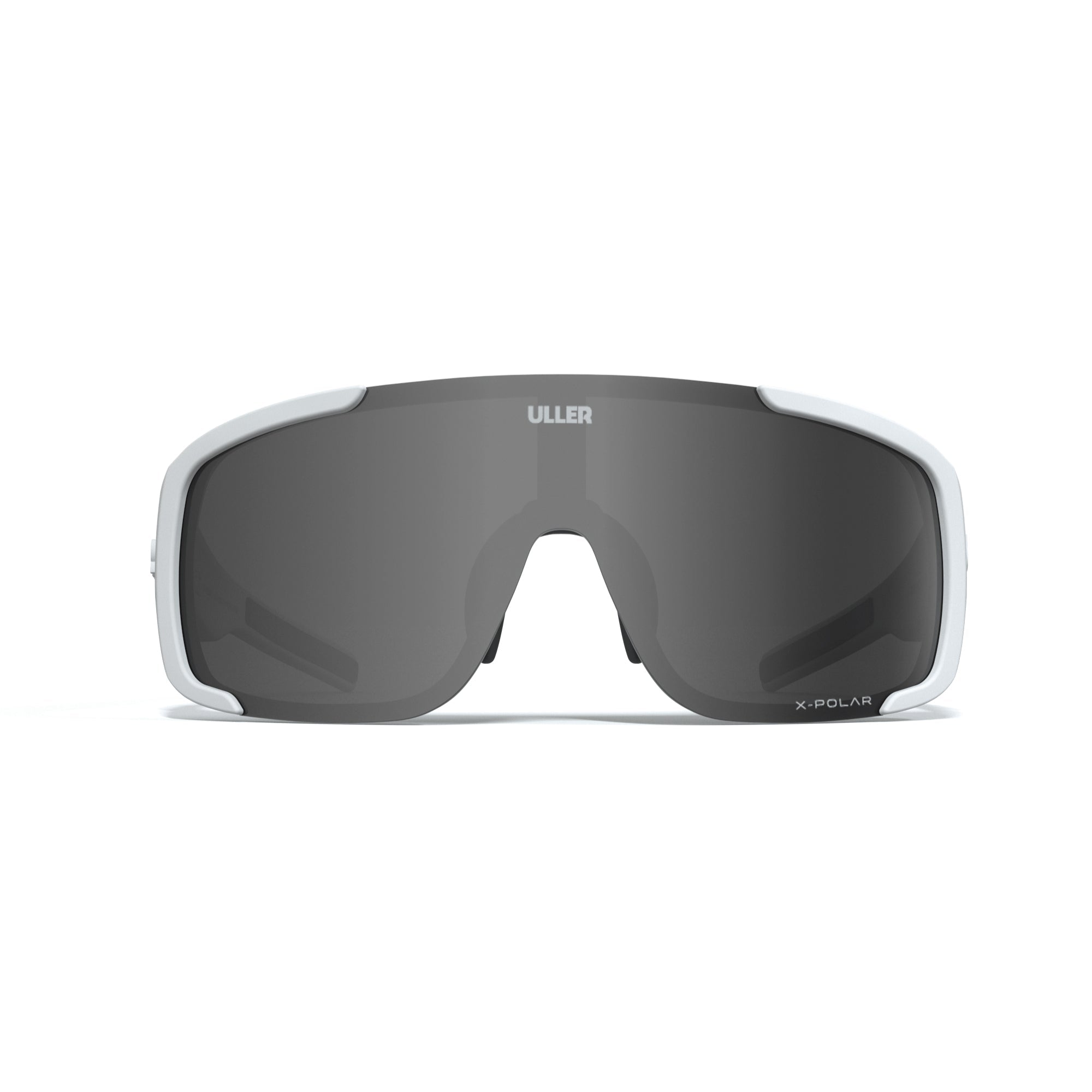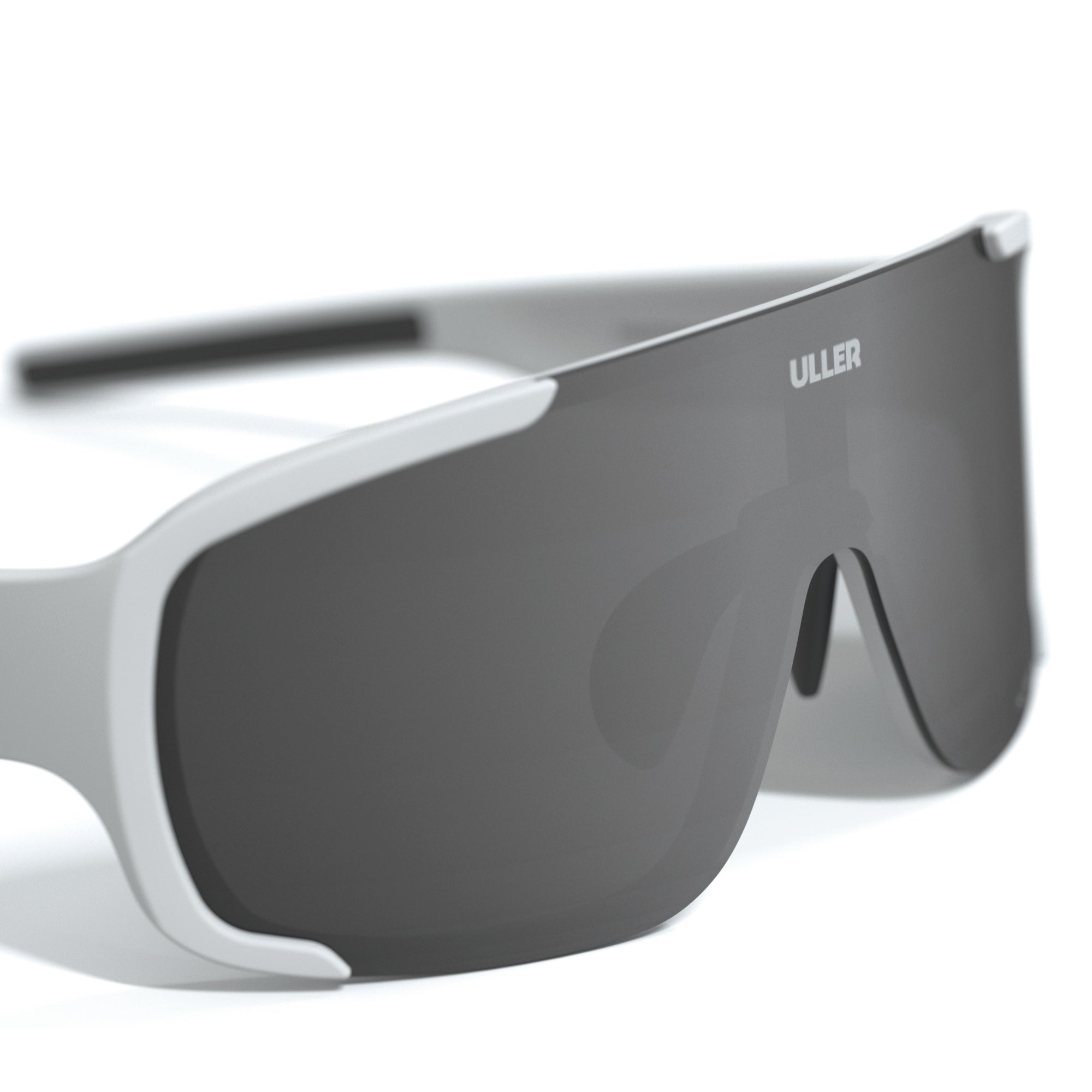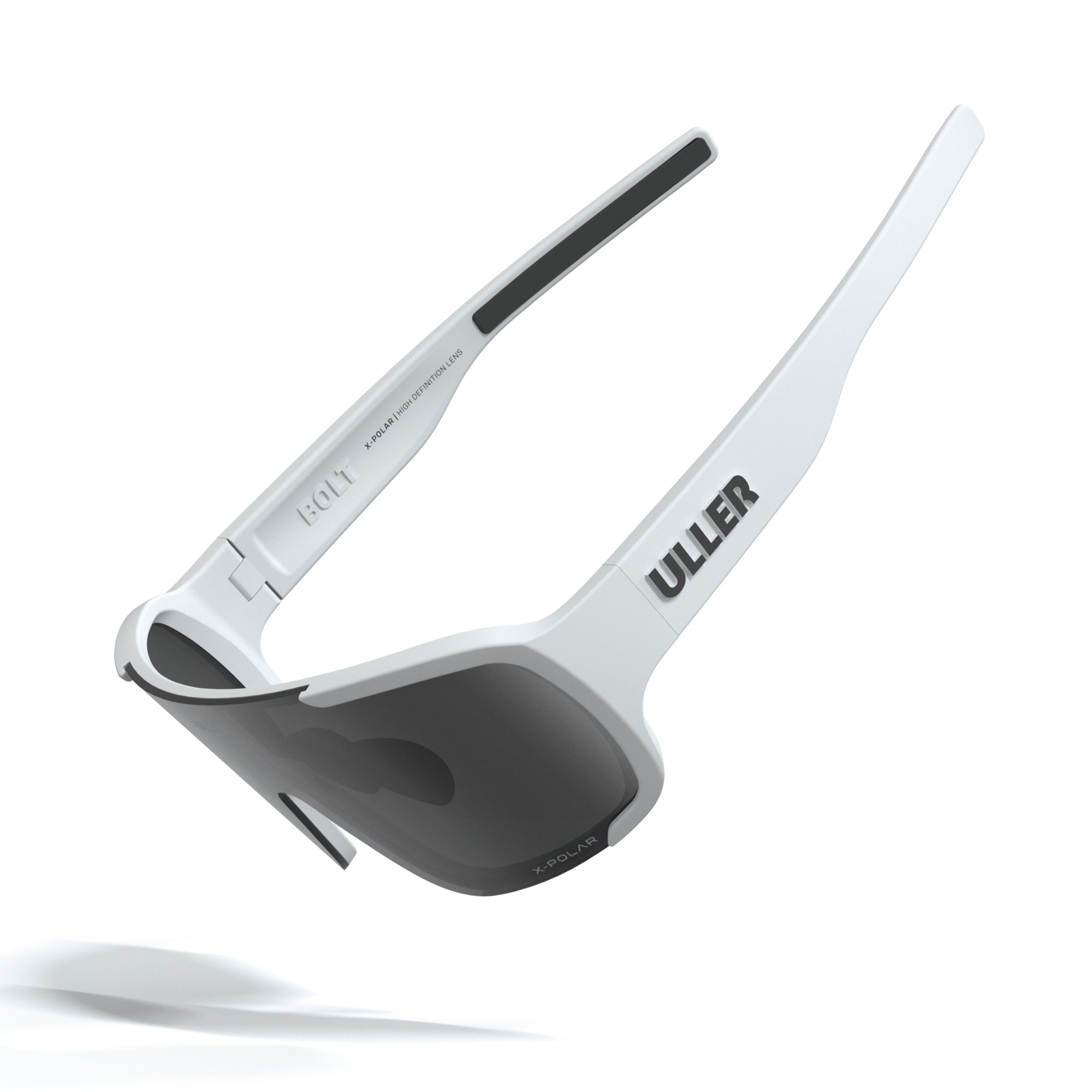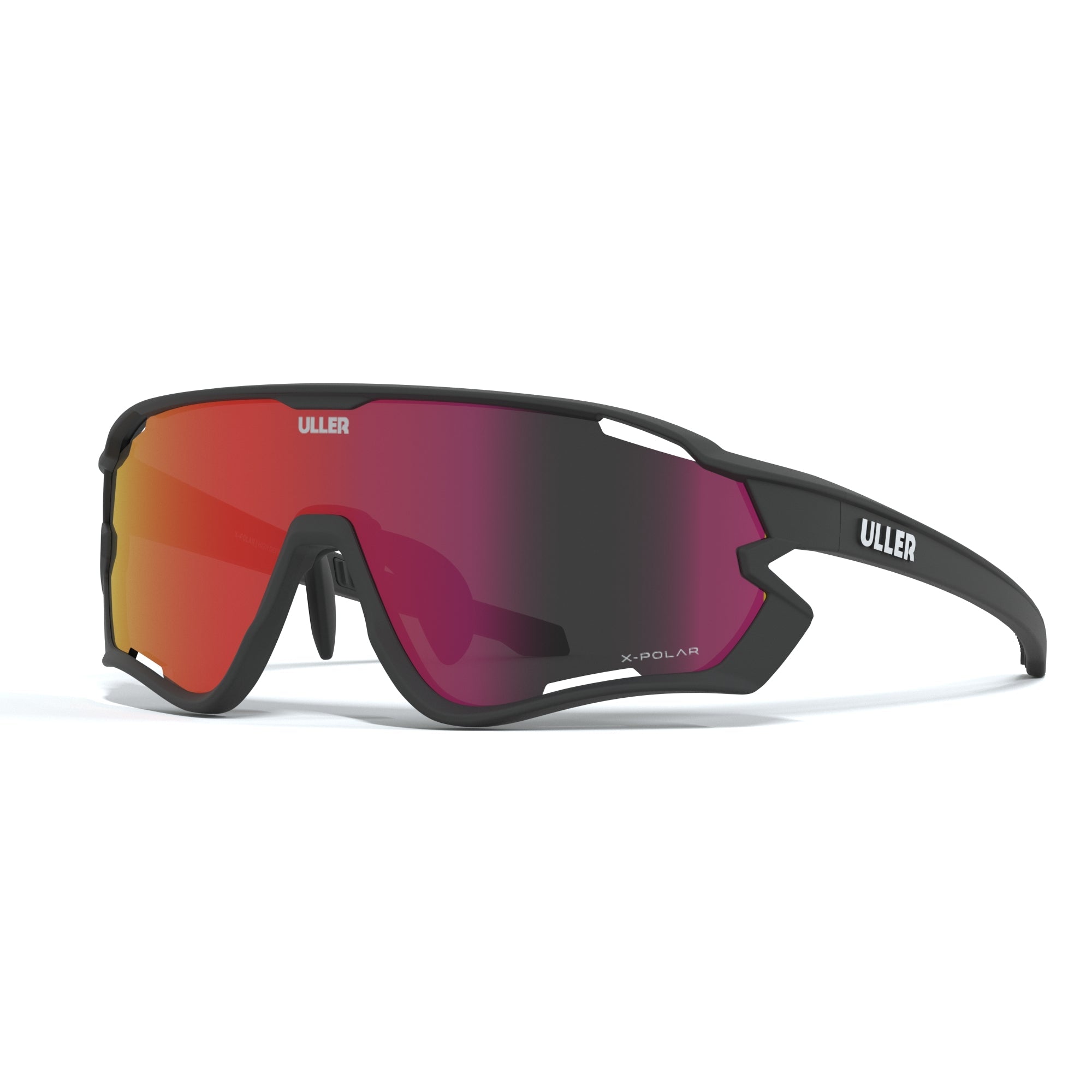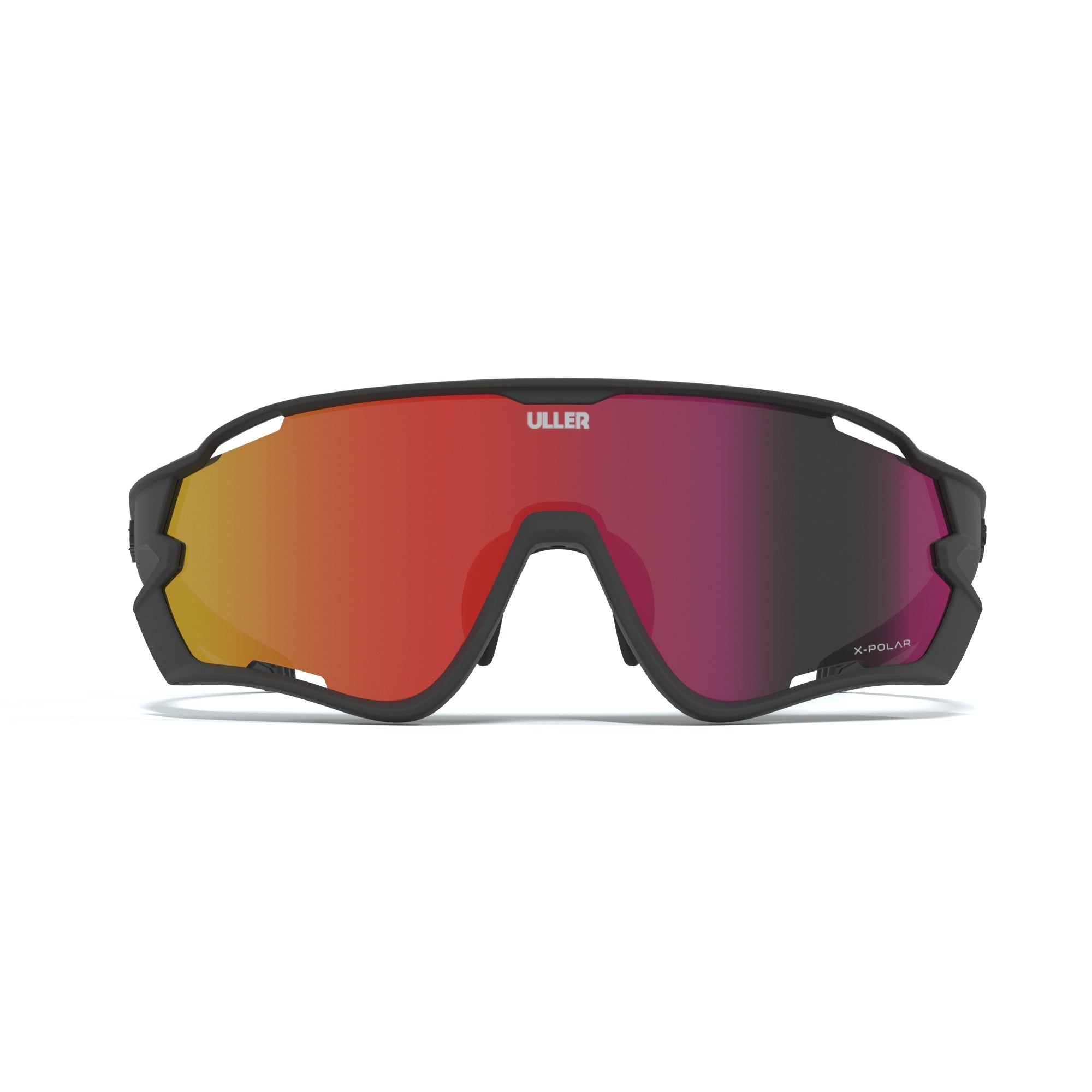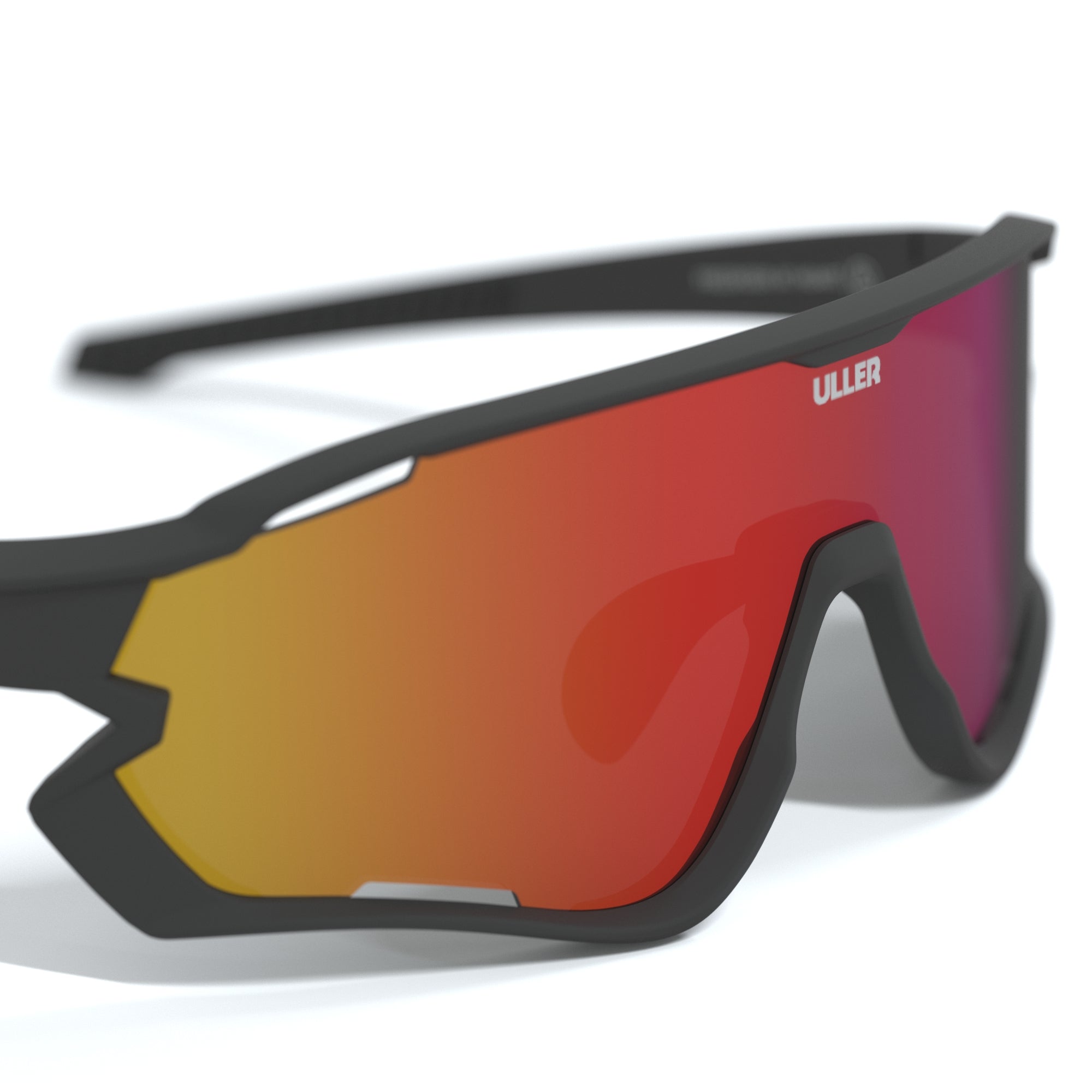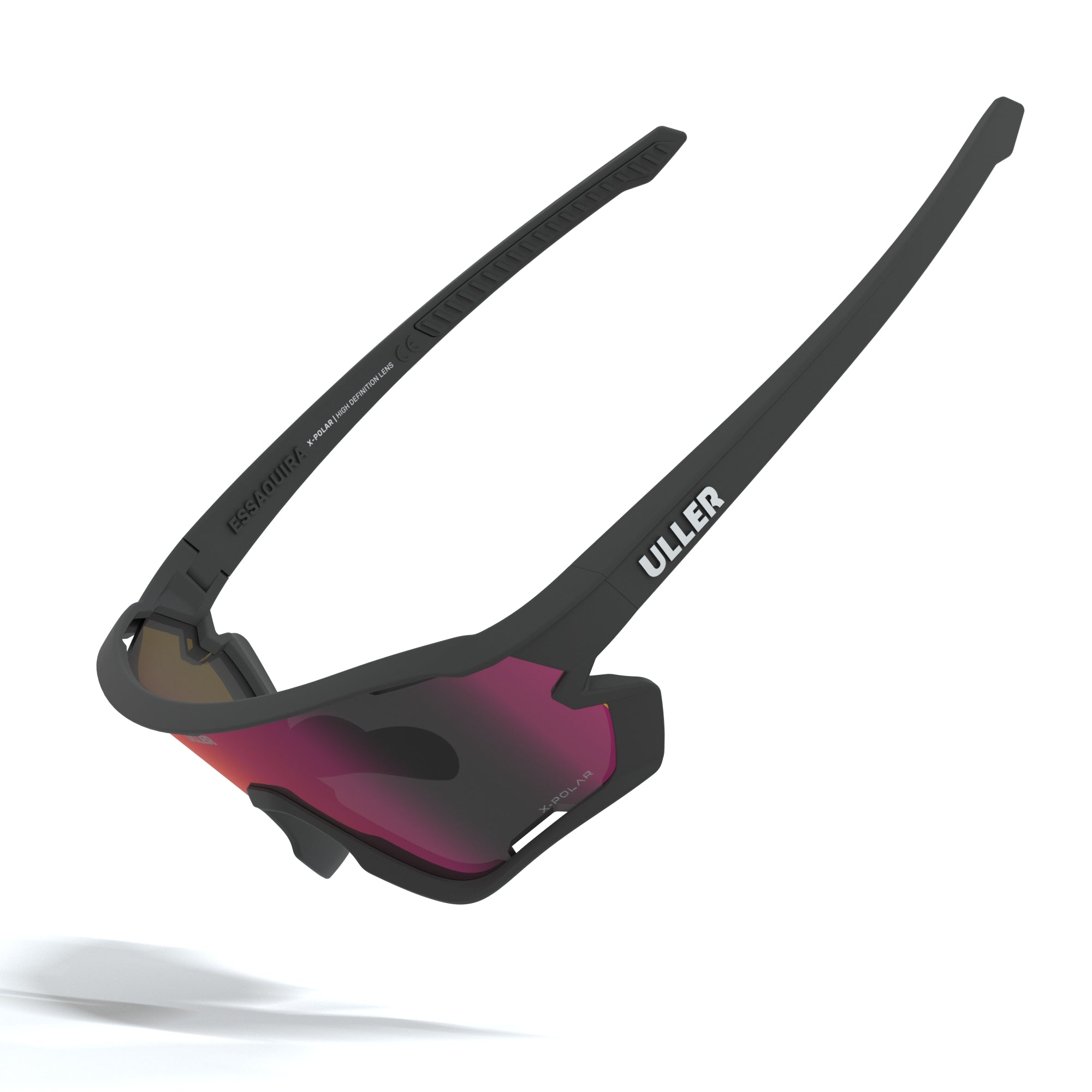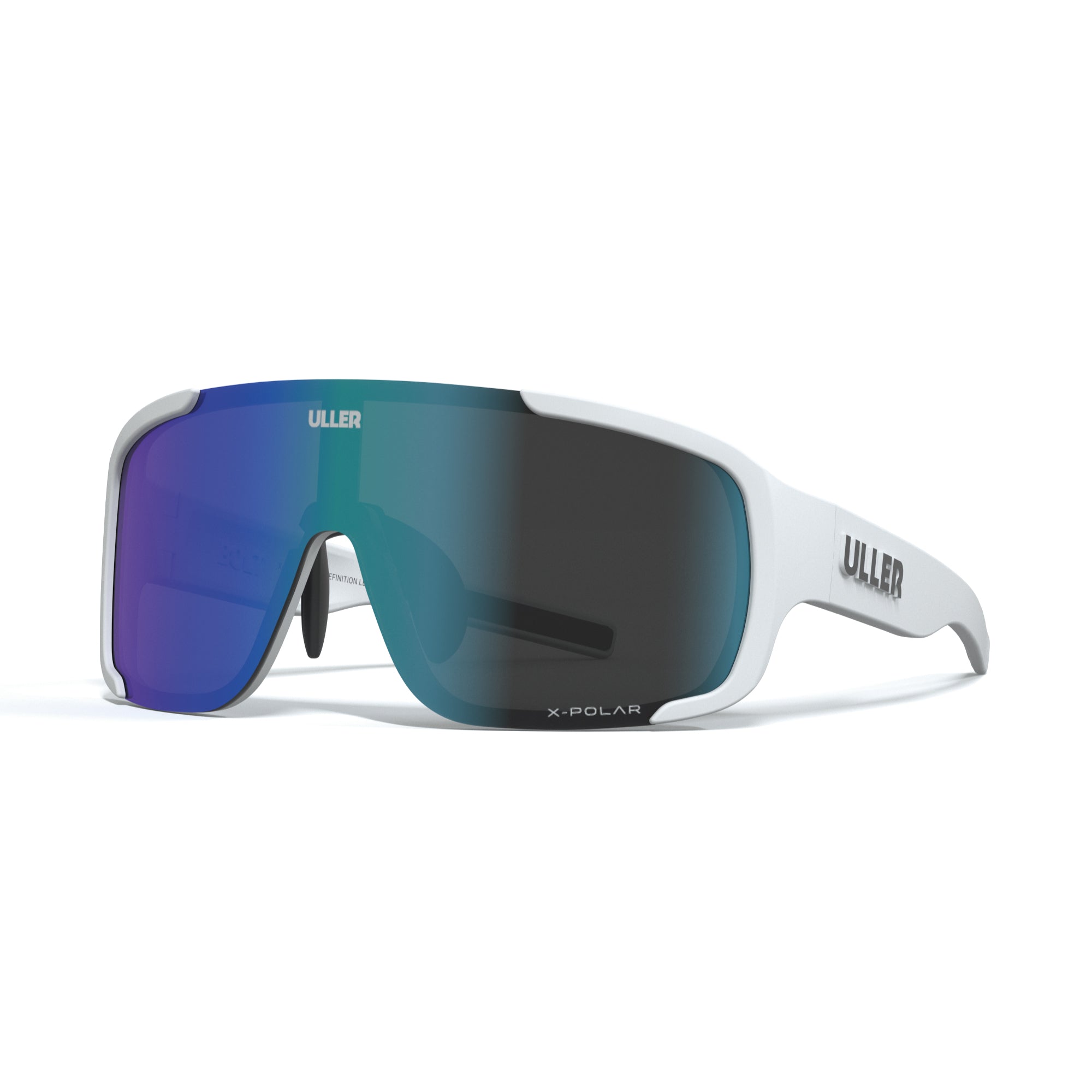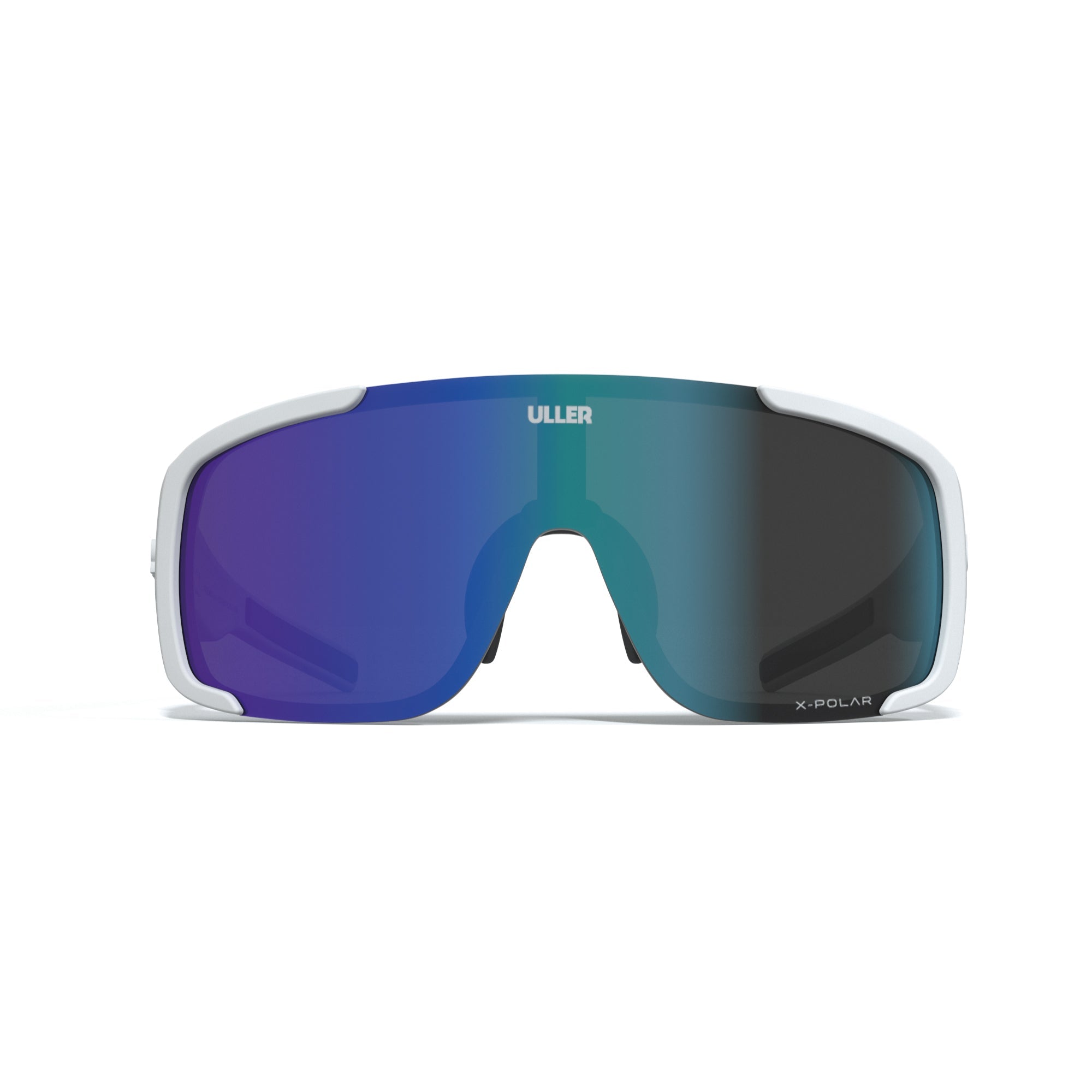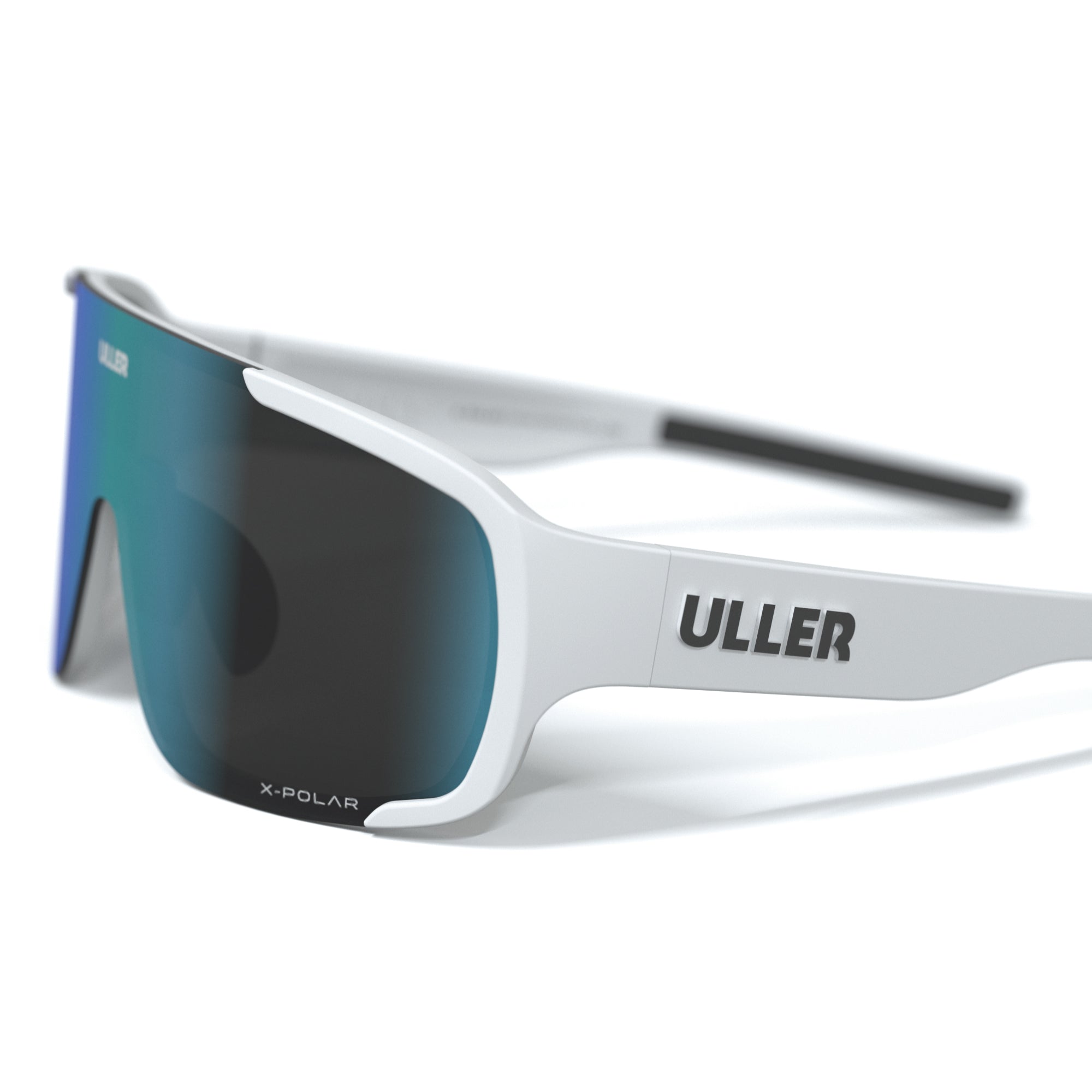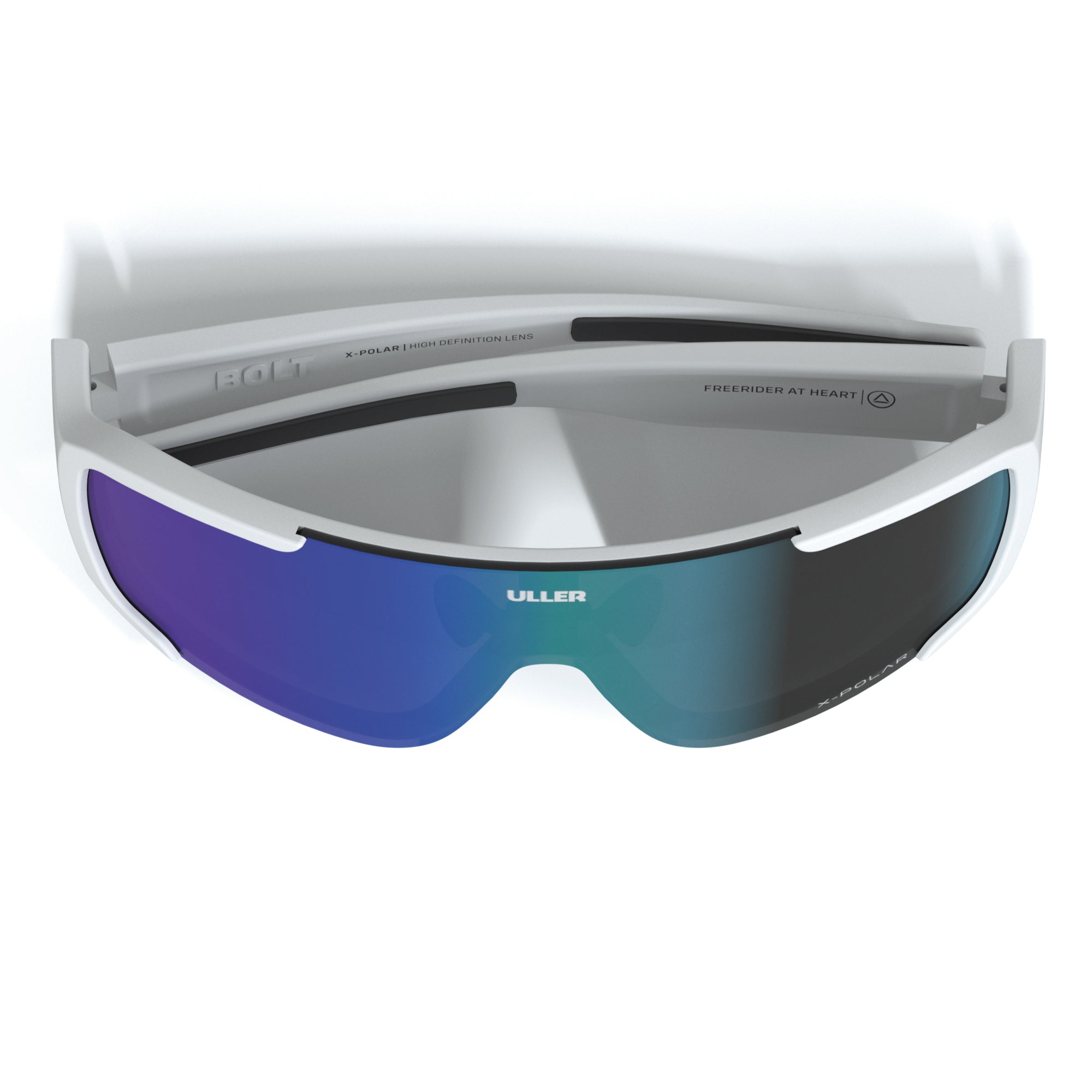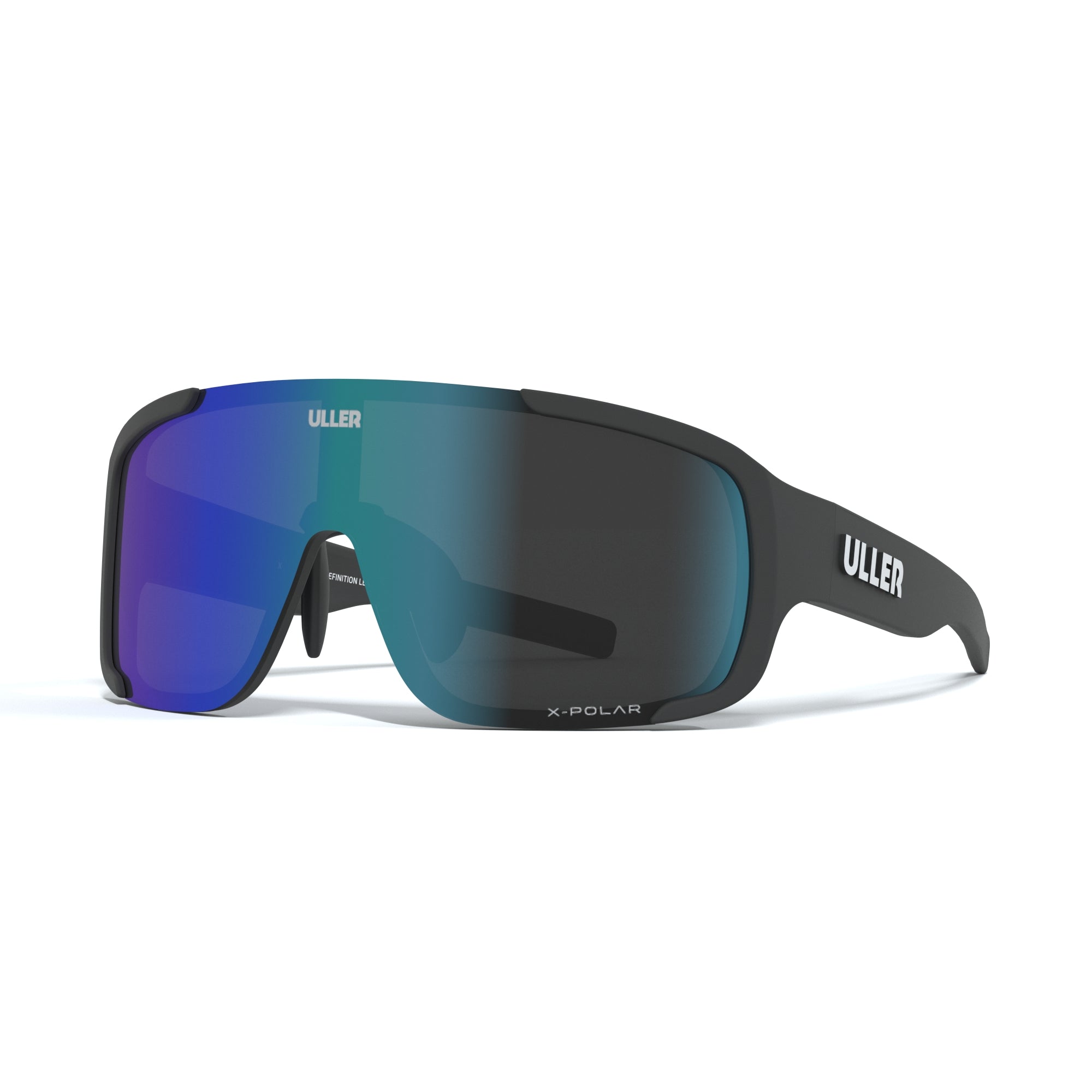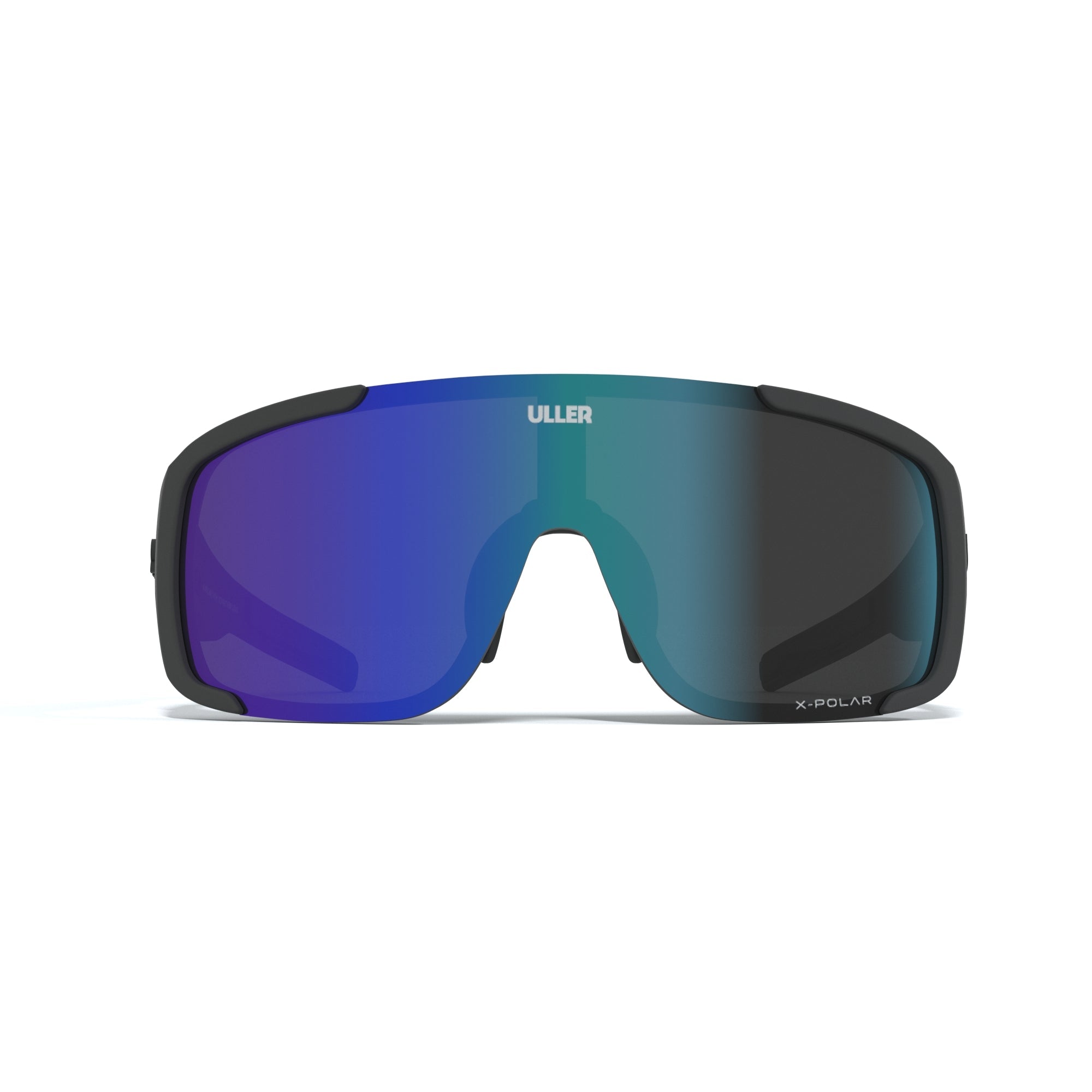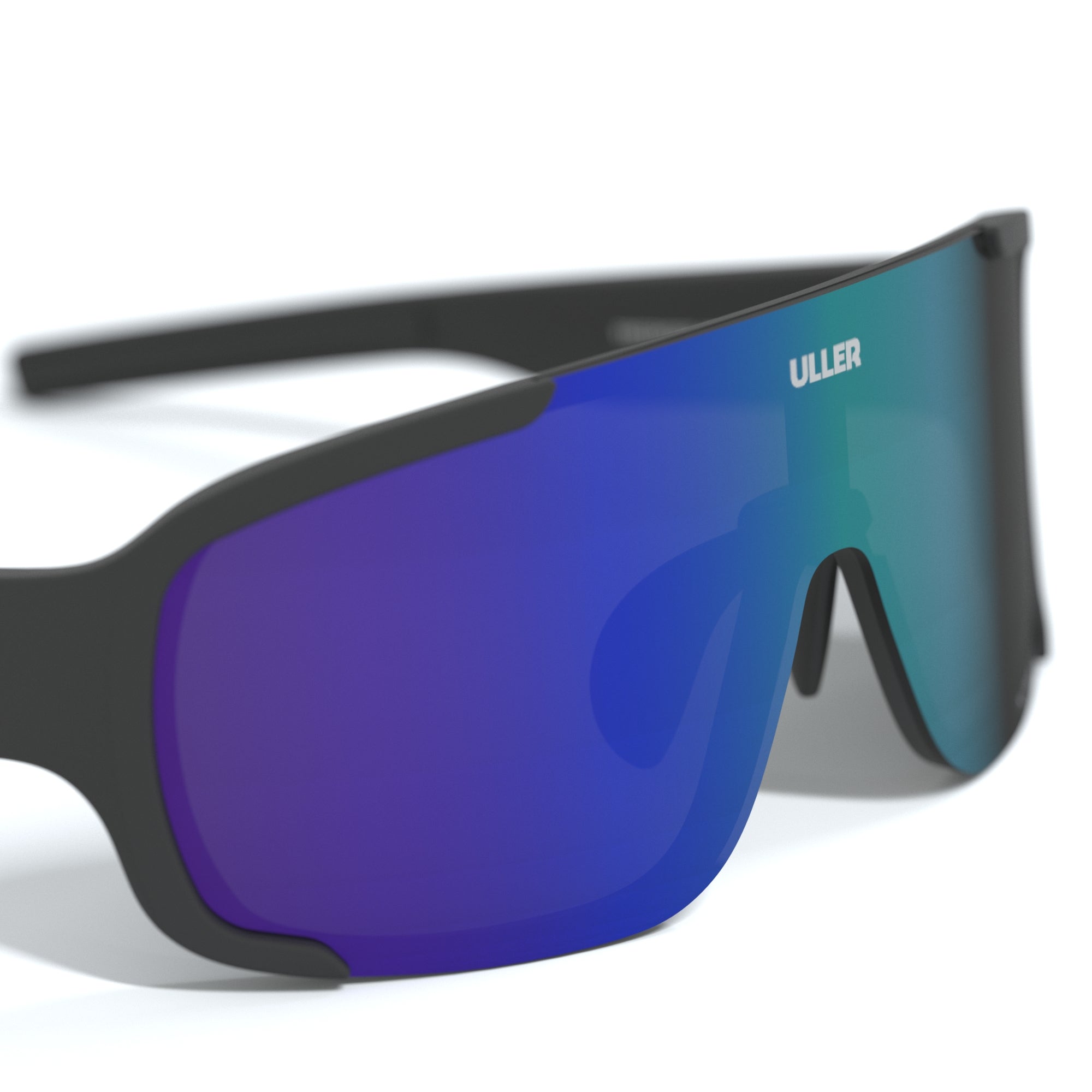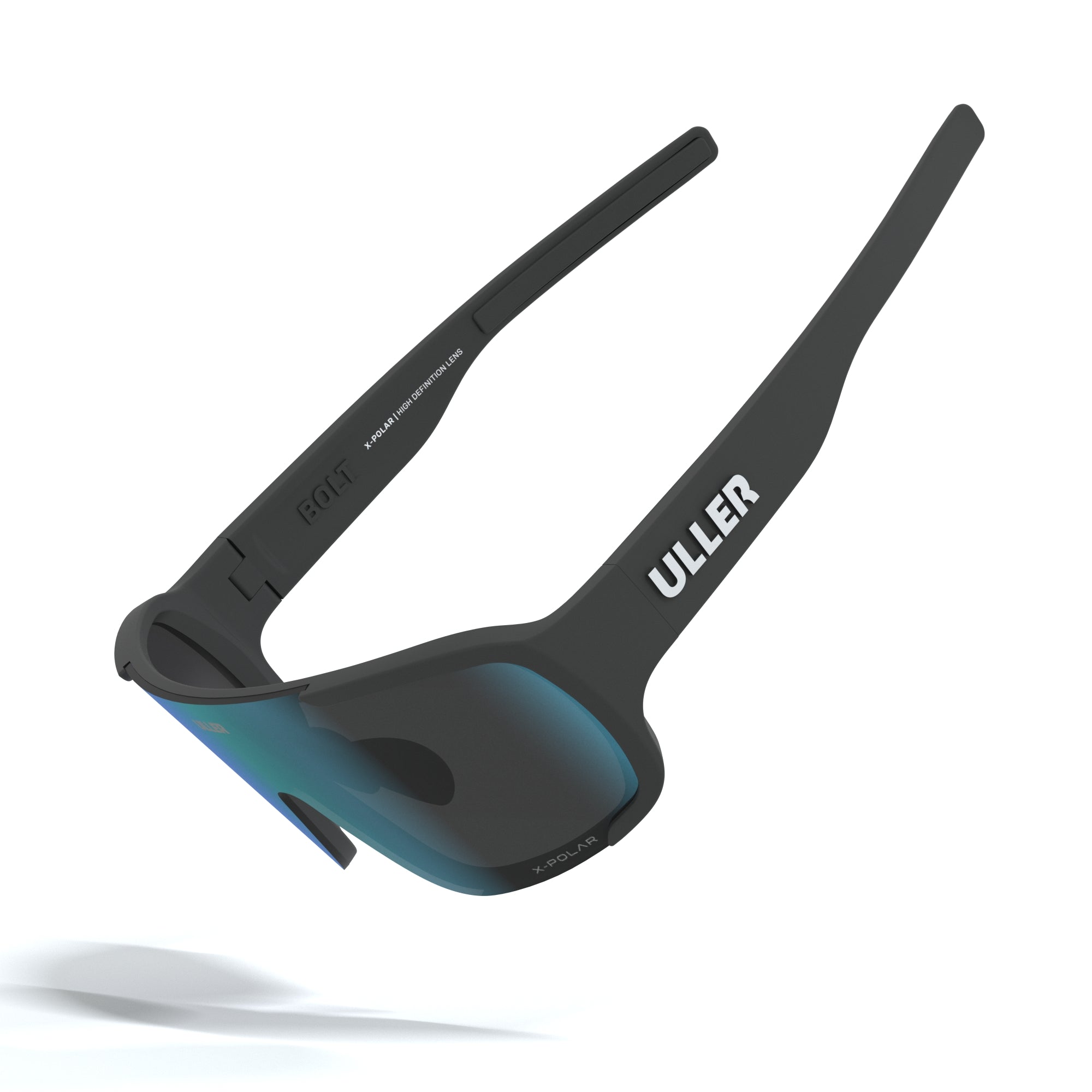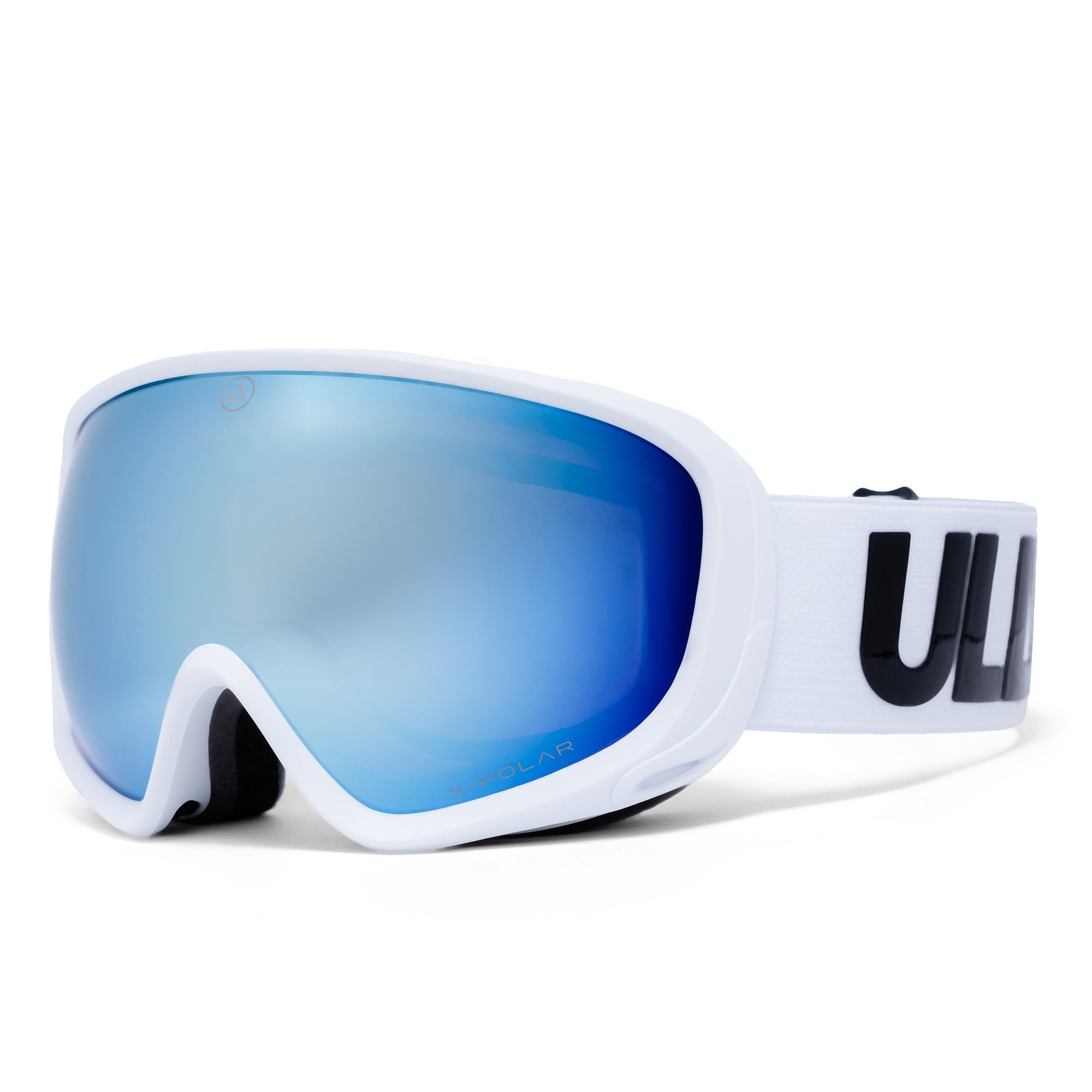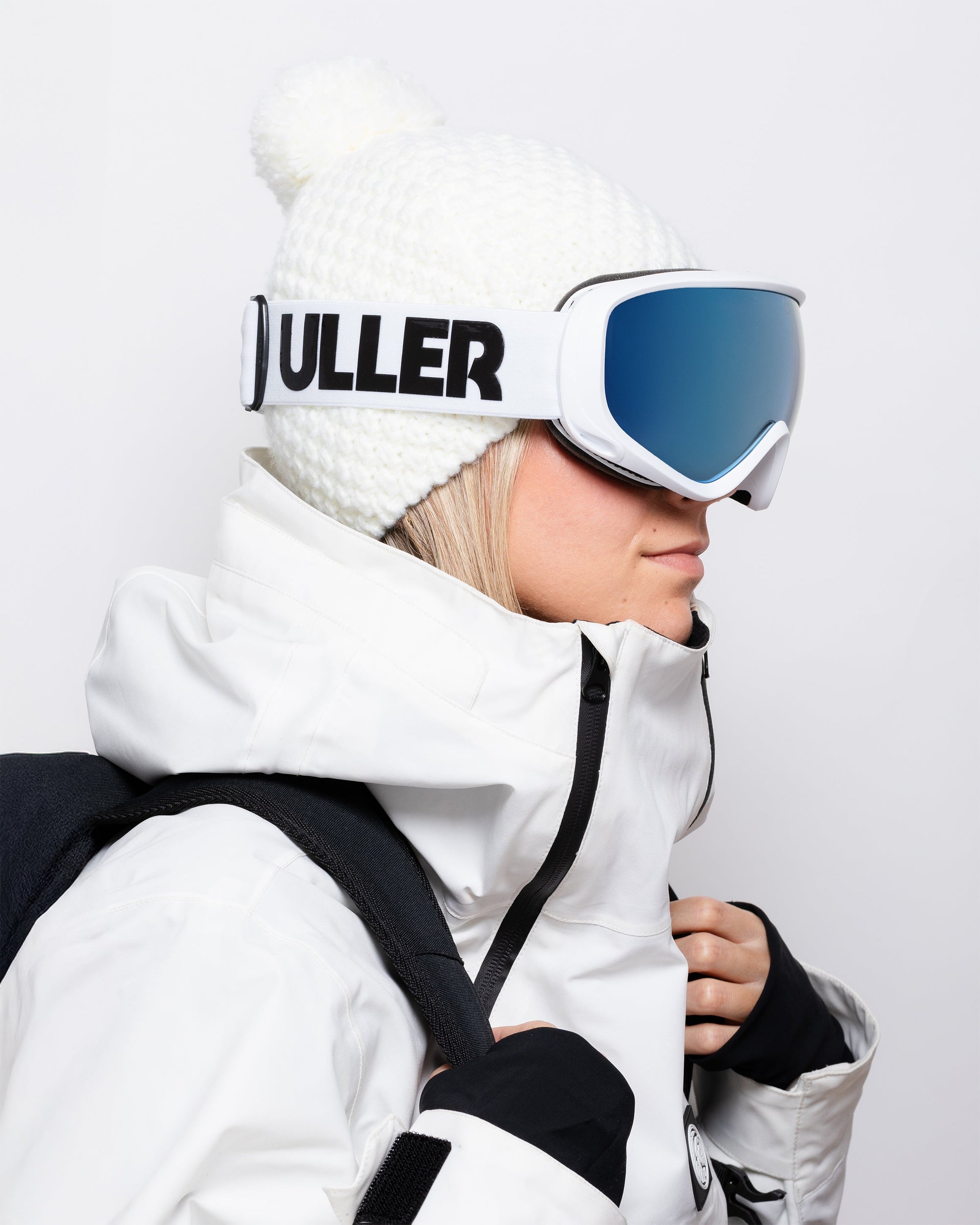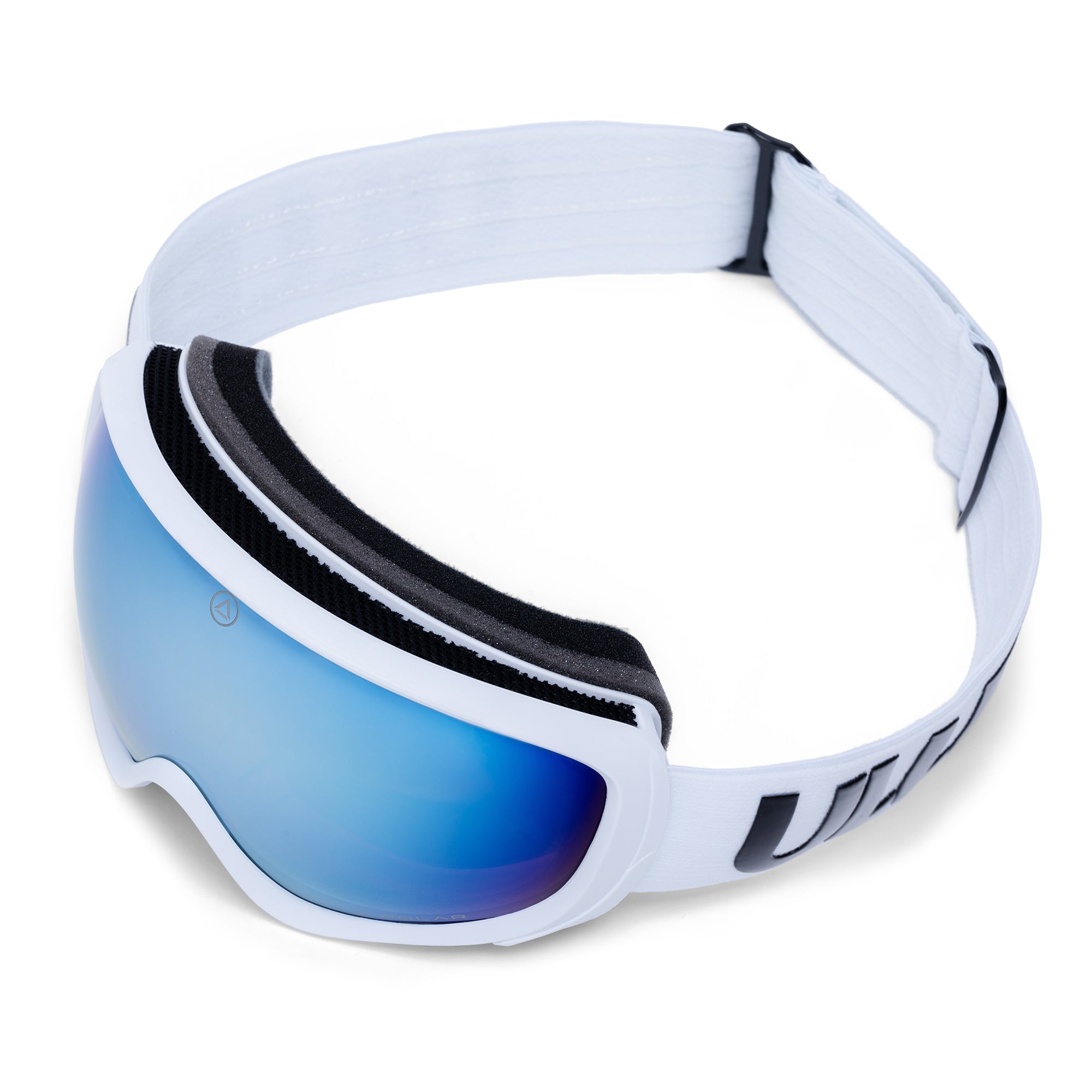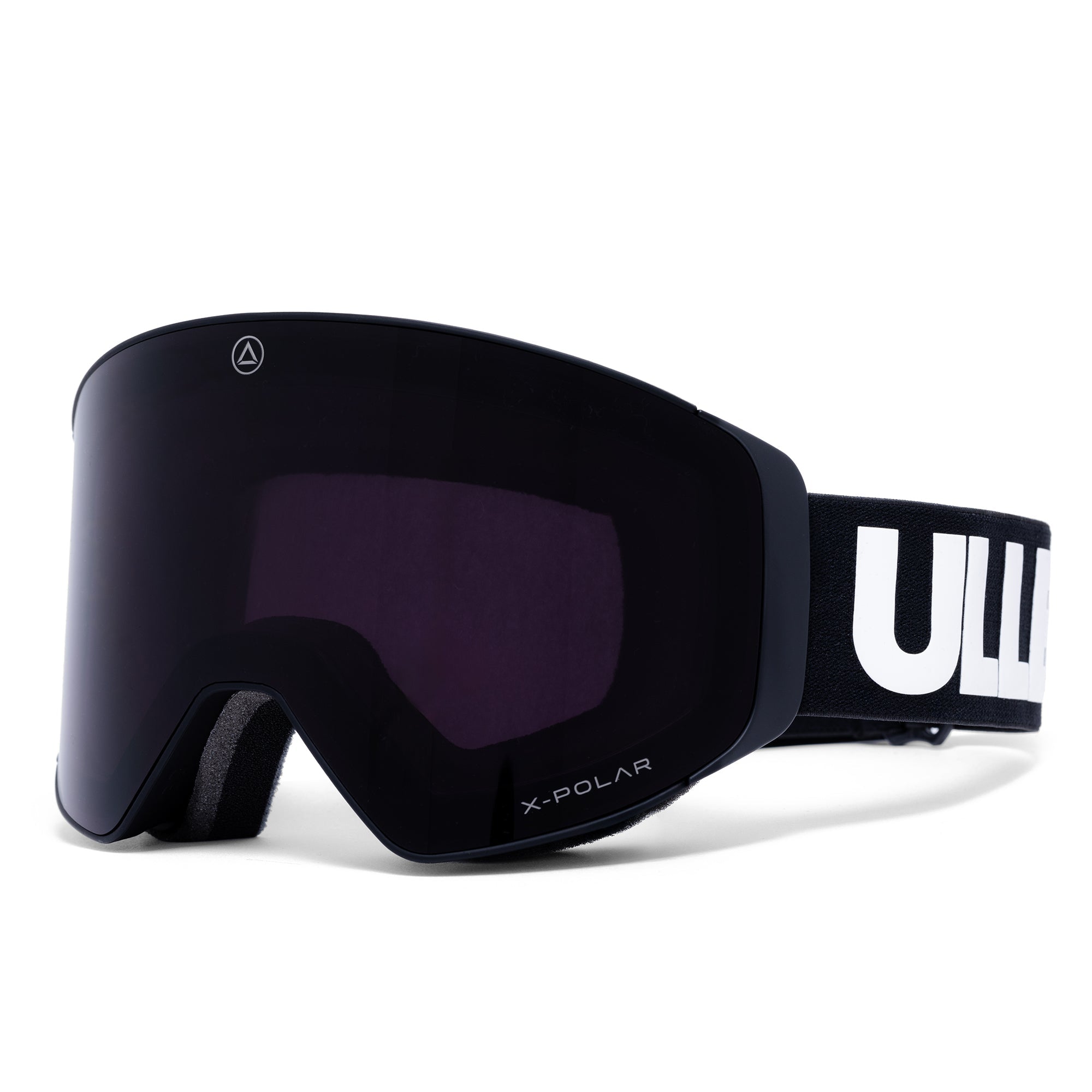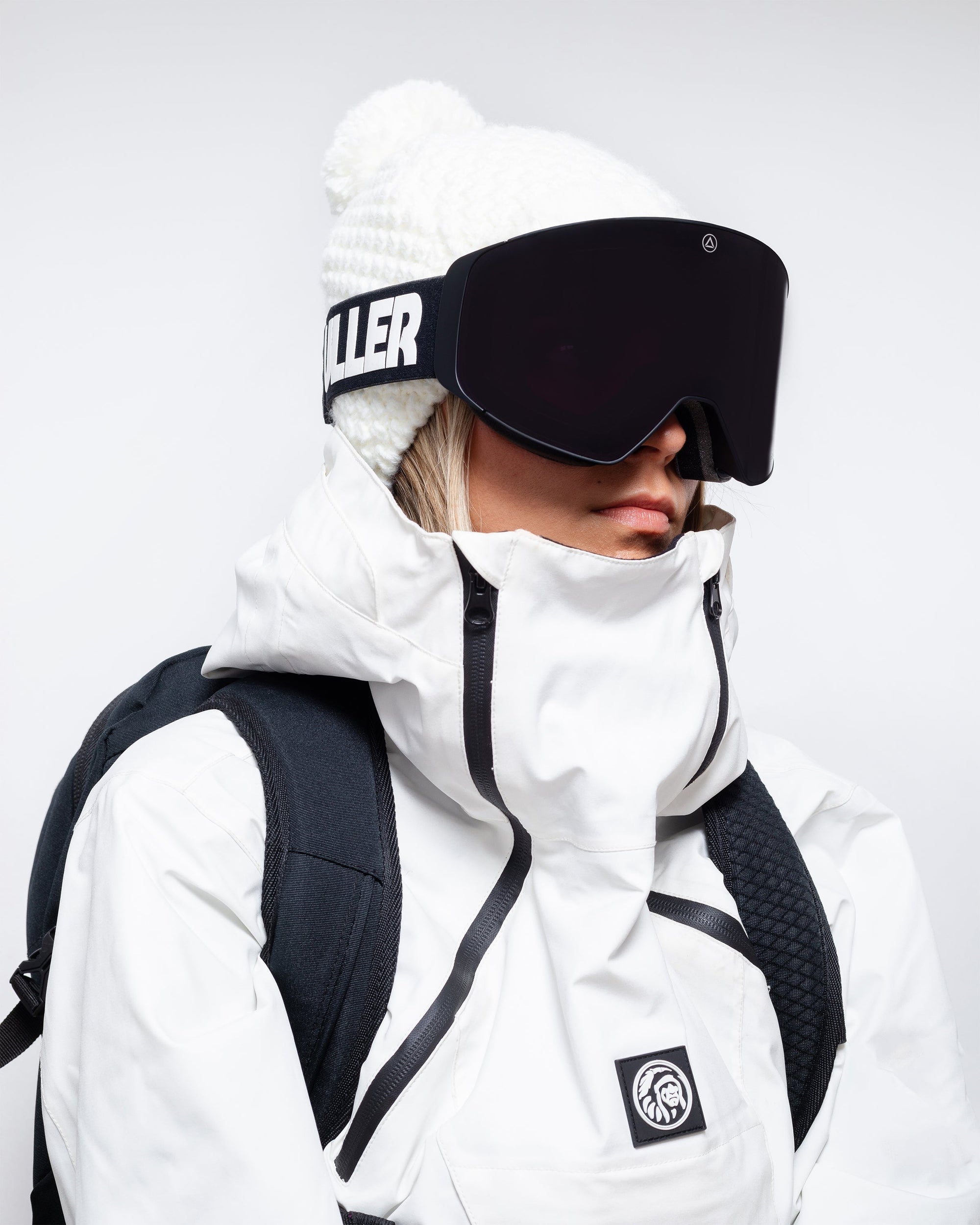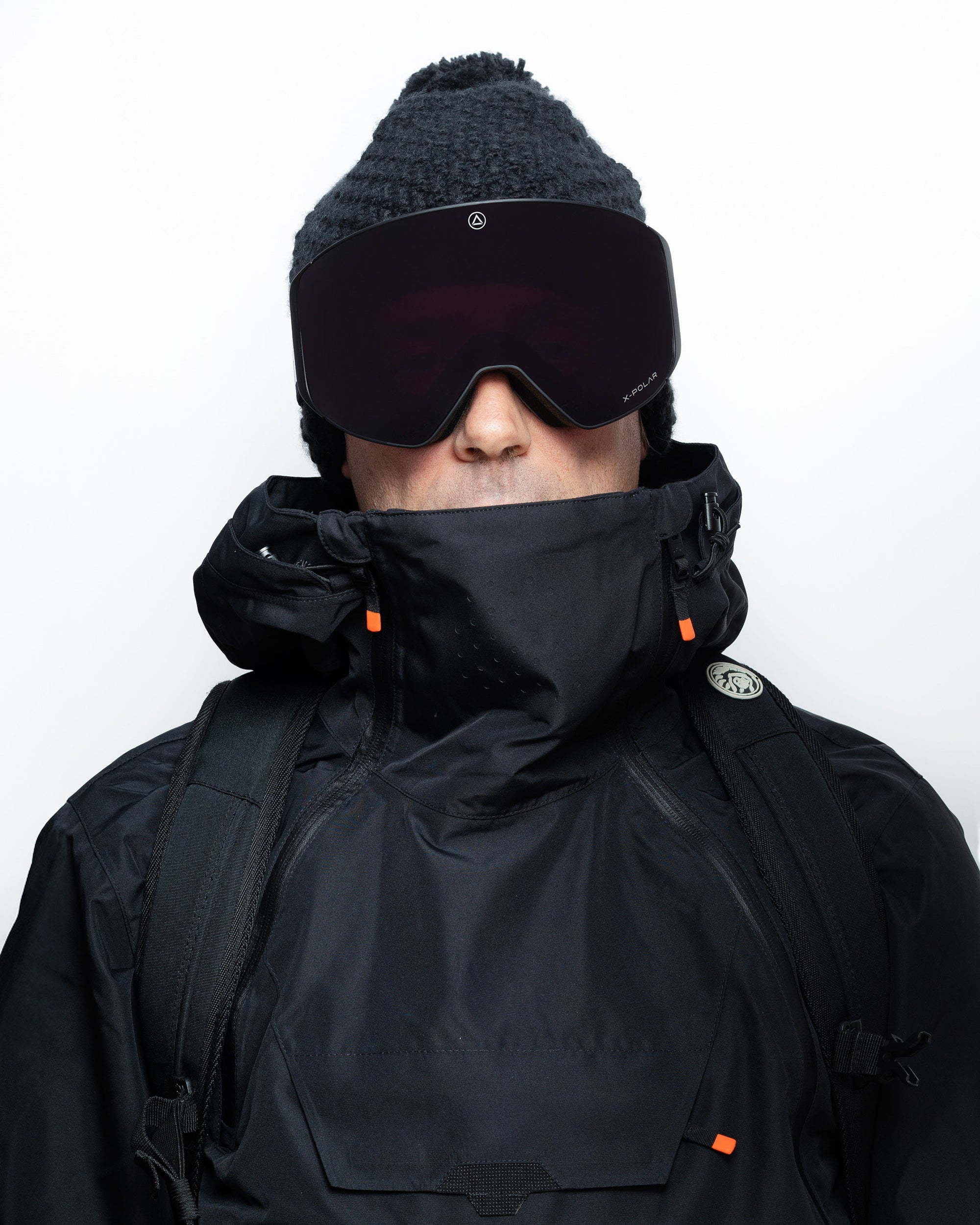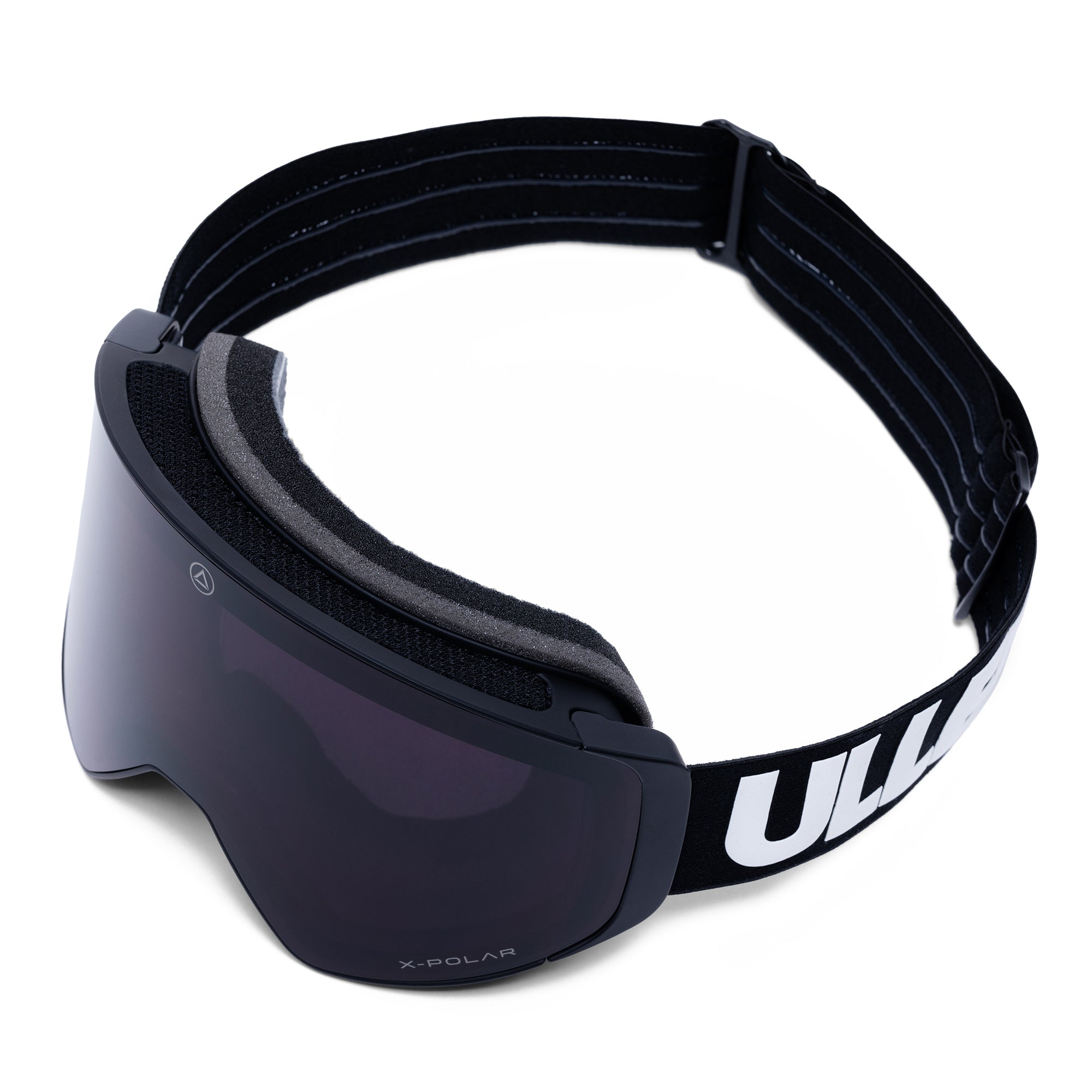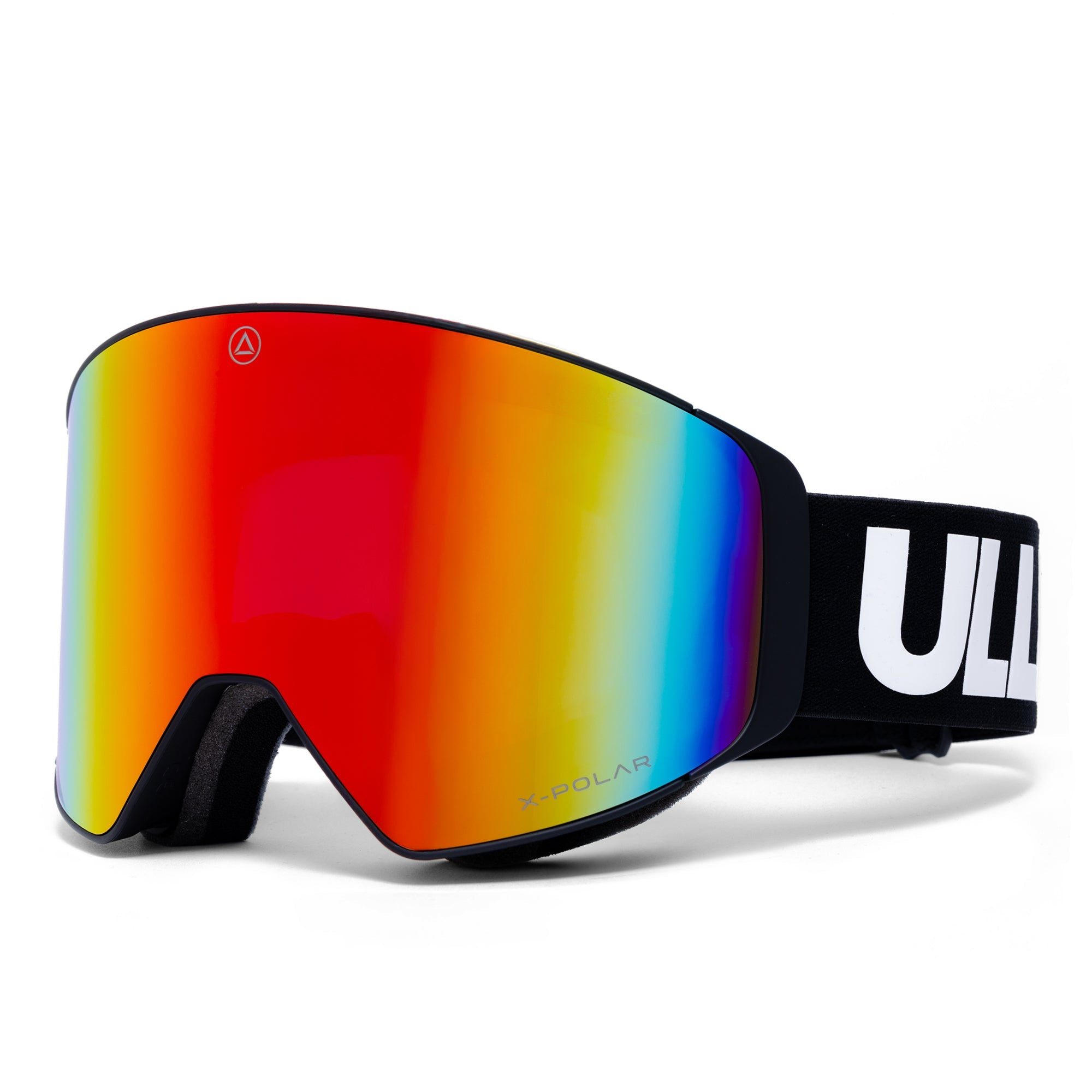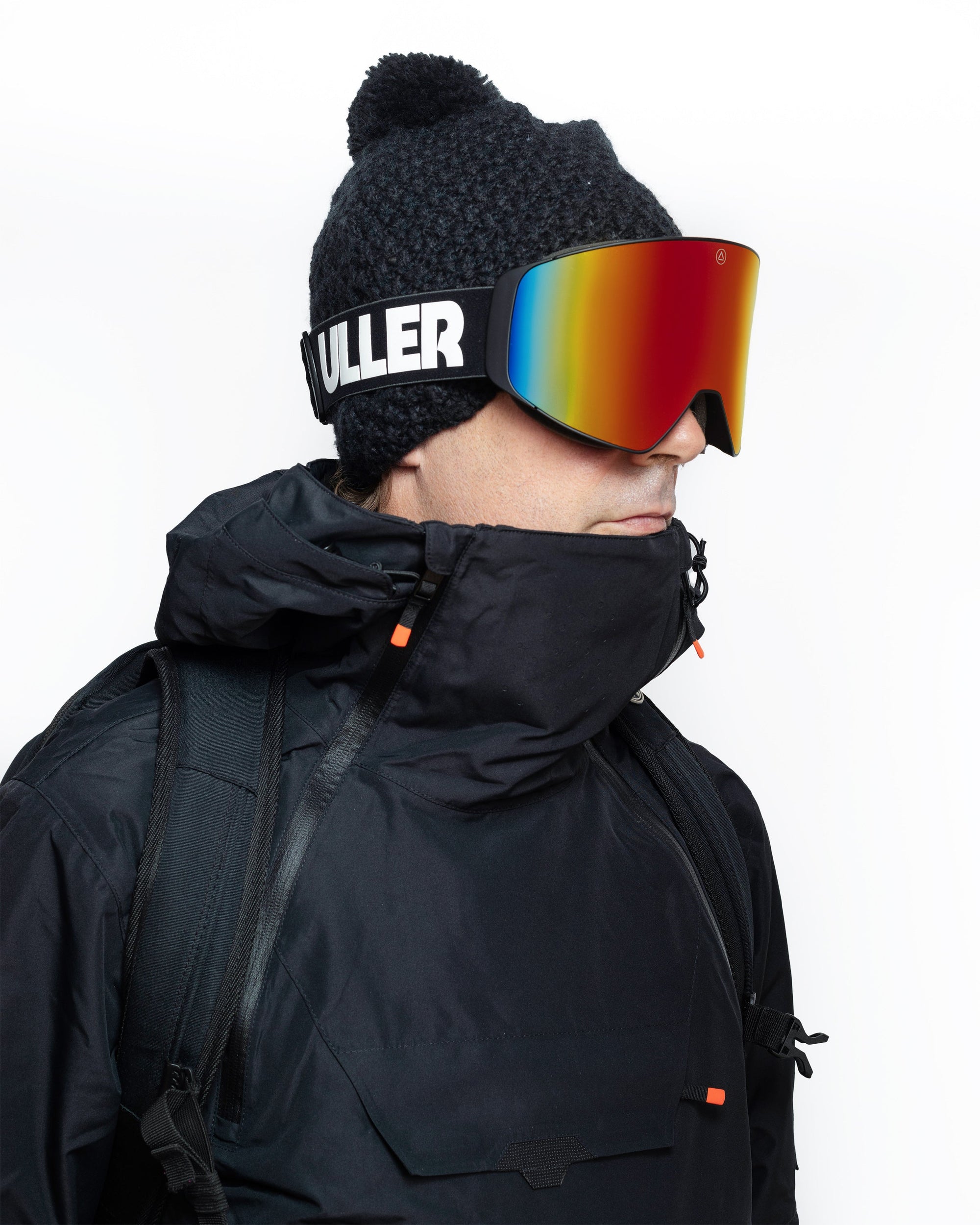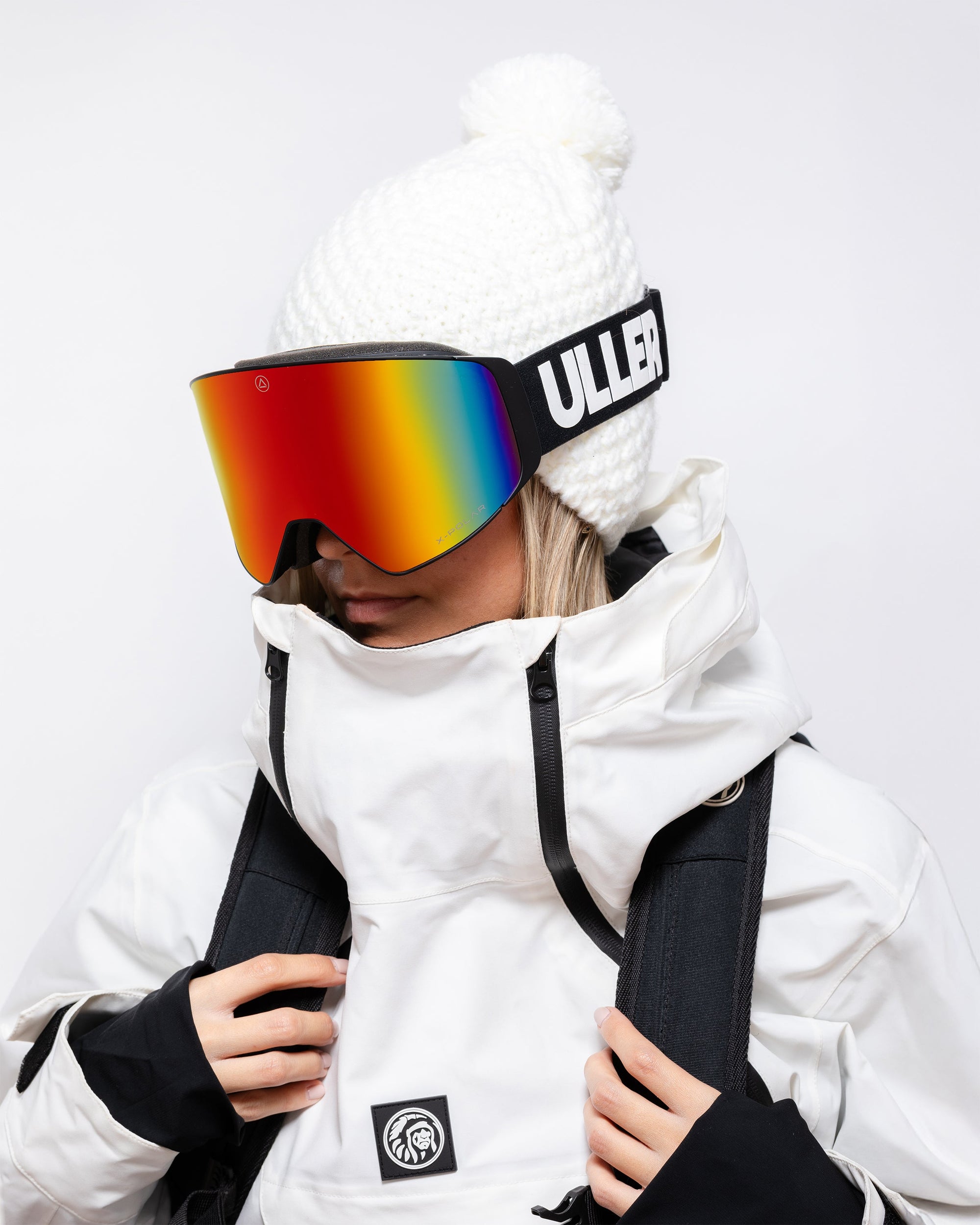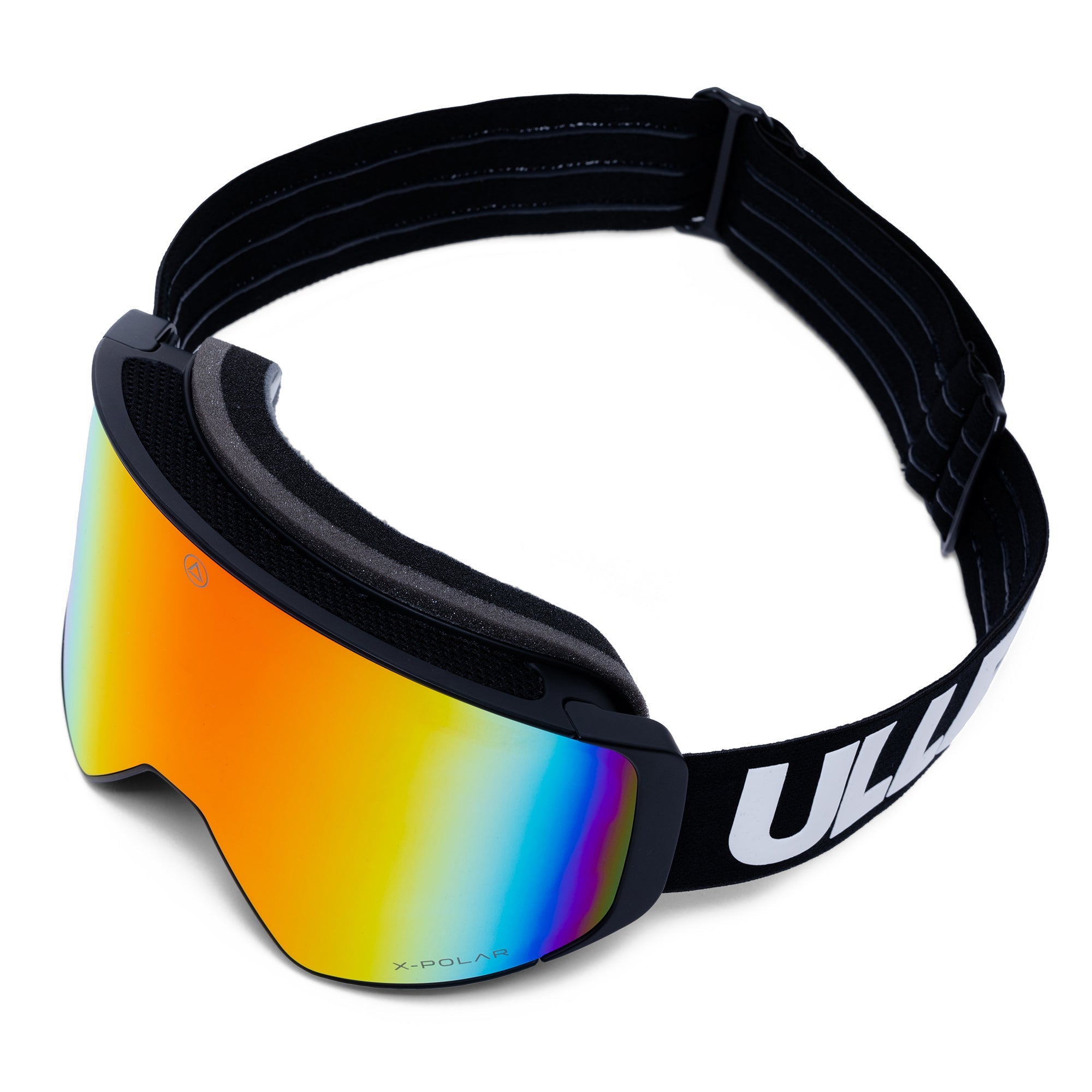To all of us who like to travel and who also like to do it whenever we find a few days off, we know that the life of a tourist is not as beautiful as it seems. Early mornings are not taken away from us by anyone! In fact, we've all been told that: "patience is the mother of science"... but even if we're patient, we can't wait in line at the museums without ending up exhausted! And of course this can also be extended to the world of skiing. Any skier, in the same way that we tell you, will tell you that skiing is incredible… incredibly tiring. That too. There comes a point in every skier's life, especially if the season is good, when we forget the feeling of what it's like to walk without shoelaces. What does it translate into? Well, seen from the outside, we are crazy. From within... that we don't care about everything. The adrenaline we release and the feeling you get when going down a mountain is too extraordinary! But yes, sports are done a lot, something that we also told you about in an article on our blog recently (Discover all the sports you do skiing), and we are not here to deny it. What we do want to make you think about is: do you think it would be less tiring if, instead of practicing it during the day, you practiced it at night? Also, regardless of exhaustion... don't you think it would be an amazing experience?! After this article, you will not be able to stay without trying it.

NIGHT SKIING: AN ACTIVITY FOR EVERYONE
There are many resorts, both within Spain and abroad, that have accommodated the layout of their slopes to allow skiers more night owls to enjoy this modality. But no, the hours are not midnight. After all, if we take into account how soon the sun sets in winter in our country, night skiing can begin around 6 in the afternoon, depending on the season and its regulations. However, ski slopes require grooming, which is why snow is trodden on and ground in time before reopening in the middle of the day. Thanks to this, skiers who decide to try (or repeat) this ski schedule will be greeted with snow conditions similar to what they might encounter if they were the biggest early riser of the entire resort. For all this, it is clear that night skiing is nothing more than skiing at night, and therefore its degree of difficulty will not be greater than in a practice with sunlight in between. The resorts that offer it do not ask skiers for any type of requirement or specific level, although they do remind them that, generally, they will "go for free", since school hours are in the morning. Conclusion: if you start skiing from scratch, learn in the morning.and you'll have time to try this modality later!

NIGHT SKIING IN SPAIN
Is your curiosity about practicing this type of ski piqued a little more? Normal. We now see which are the most famous points in Spain where you can do it.
Sierra Nevada was the first ski resort in Spain to opt for night skiing. This resort has two illuminated slopes: El Río, with 3.3km of skiable, and Maribel, with 2.2km of skiable. In this case, the opening hours to the public are Saturday afternoons, from 7:00 p.m. to 9:00 p.m.30 p.m.
Although it is true that Sierra Nevada stands out as a pioneer in Spain, the one currently best known for offering night skiing is the Catalan resort Masella, in the Pyrenees. It inaugurated night skiing in 2013, and since then thousands and thousands of skiers have visited its thirteen main slopes every season, illuminated by a fascinating network of lights that guarantees to make this experience not only unforgettable, but also an activity. safe. These slopes have a total of 7 lifts during these hours, thus giving Masella the title of The night ski capital of the Pyrenees. In this case, the schedule that is made available to this class of skiers includes only Thursday afternoons, from 6:00 p.m.3:00 p.m. to 8:00 p.m., and Saturday afternoons from 6:00 p.m.3:00 p.m. to 9:00 p.m.

The Grandvarila station, in Andorra, is also a meeting point for lovers of this modality, although on a smaller scale since the ski area they offer is smaller than that offered by Masella. In this case, the La Solana/Tubs ski slope is the one that is open to the public, from 5:00 p.m. to 8:00 p.m. every Thursday and Saturday, with its respective chairlift.
NIGHT SCHEDULE: THE PERFECT TIME TO TRAIN
Investigating about the night ski services offered by the resorts in our country, we have seen how several ski clubs take advantage of this moment to train. In this way, as stated by Ramón Boter, the person in charge of communication at the Masella resort (of which we spoke earlier), these clubs take the opportunity to train without the large influx of skiers who practice this sport for pure fun.

NEEDED MATERIAL
There are two key factors to take into account that can change during a night ski day compared to a day ski day: low temperatures and lighting.
On the one hand, the temperatures in the mountains of our country drop drastically when the sun goes down. It doesn't have to be midnight for this to happen and, for this reason, just when the slopes for night skiing open, the cold is capable of soaking into our bones more easily than if we were sliding during the day. This will affect our gear and clothing, increasing the need to bundle up more, perhaps with inner layers or even extra accessories.
But the cold is not the only thing to take into account if we are thinking of skiing at night; also light or, rather, the lack of it. This means that you will need a clear lens mask for night skiing. At Uller we have a wide range of products among which you will surely find the perfect one for you.
Otherwise, the equipment needed for night skiing is the same as for what we would use on a daytime ski day.

THE RIGHT SKI GOGGLES FOR NIGHT SKIING
At this point, if the bug bites you and you are wanting to try night skiing, you are surely wondering which Uller goggles will be the most appropriate for the conditions in which this modality occurs. Precisely for this reason we will make a special paragraph in the models among which you will surely find yours.
The most important thing when choosing a ski mask for night skiing is that they have clear lenses. As we have mentioned previously in this article, it is essential to guarantee a clear and undistorted view of the landscape, taking into account that, unlike a daytime day, we will not have sunlight. For this, we will find these clear lenses in the fixed lens mask models of category 1 . But it is that at Uller we not only design quality products, but also versatile ones. That's why we have interchangeable lens models that, in just a couple of seconds, can go from being a ski goggle for sunny days, to one for cloudy days. The latter, category 1, will be the one that we will use for night skiing conditions, since the light that reaches our eyes is much less in quantity compared to a sunny day, and will be more similar to the conditions that a day presents cloudy.

FEELINGS
We are aware that talking about sensations is something private, even intimate, but we have thought that, perhaps, knowing the testimony, both from our team and from other skiers, can encourage you to try this modality of skiing (if is that in case you are not already about to descend an illuminated slope).
For a quick (and crude) comparison, skiing bears a slight resemblance to going to the beach. They are paradisiacal spaces that nature gives us, where we can enjoy an alternative way to our usual routine. Now, what is always the handicap? Indeed: the crowd of people. That is why the first feeling that we share with those who have also practiced night skiing is the feeling of peace. It is not usual to find an empty track, and we are not saying that you will find it at night, but without a doubt the volume decreases as well as the noise. What's more, the moment of going up on the chairlift to the top of the descent is even more curious and fascinating just because of the silence that can be enjoyed.
Also, night skiing also helps to focus on technique. Because? Mainly due to external stimuli. When we ski during the day, there are thousands of stimuli that our senses receive and, therefore, our attention to the body and our way of skiing is lower. Skiing at night gives you the false (and beautiful) feeling of having the whole mountain to yourself, and your brain will put all its machinery into gear to make this experience a truly intense activity.

QUESTIONS AND ANSWERS
- CAN YOU SKI AT NIGHT?
Of course you can ski at night! With favorable measures for it, of course. Currently, the resorts that allow skiers to enjoy a night of skiing, is because they prepare some of their slopes for it, both in terms of lighting equipment and in everything related to snow care. Those skiable descents will be perfectly signposted and safety is guaranteed, just like on a daytime journey. In addition, the respective ski lifts will also be activated. Testimonials from people who have tried it state that skiing at night allows them to focus much more on technique since there are not so many visual or auditory stimuli that distract them.
- WHERE CAN I NIGHT SKI IN SPAIN?
Within the national panorama that responds to the practice of white sports, we can find three resorts that allocate one or more of their slopes to night skiing: Sierra Nevada (Granada), Masella (Gerona) and Grandvarila (Andorra). The areas and descents prepared for this type of skiing have a schedule to always be determined at the beginning of each season. Skiers are given the option of buying an annual ski pass with which to ski unlimited, or buying ski passes for those specific nights.
- ARE SPECIFIC EQUIPMENT NEEDED FOR NIGHT SKIING?
Skiing requires basic equipment that will be essential when doing it during the day or at night. However, it is important to bear in mind that the absence of sunlight at night means that, generally and especially in the ski resorts of our country, temperatures decrease. This will force the skier to have to add more warm layers to their clothing to guarantee the enjoyment of the activity in the same way that they would do it in a more regular schedule. On the other hand, it is important to take into account that visibility will also be different. The slopes are lit, but artificial light does not hit the snow in the same way that natural sunlight does, so it is important to wear a clear lens goggle. In this way the visibility will not be darker (something that, however, would help us in very sunny conditions), but it will be perfect.















